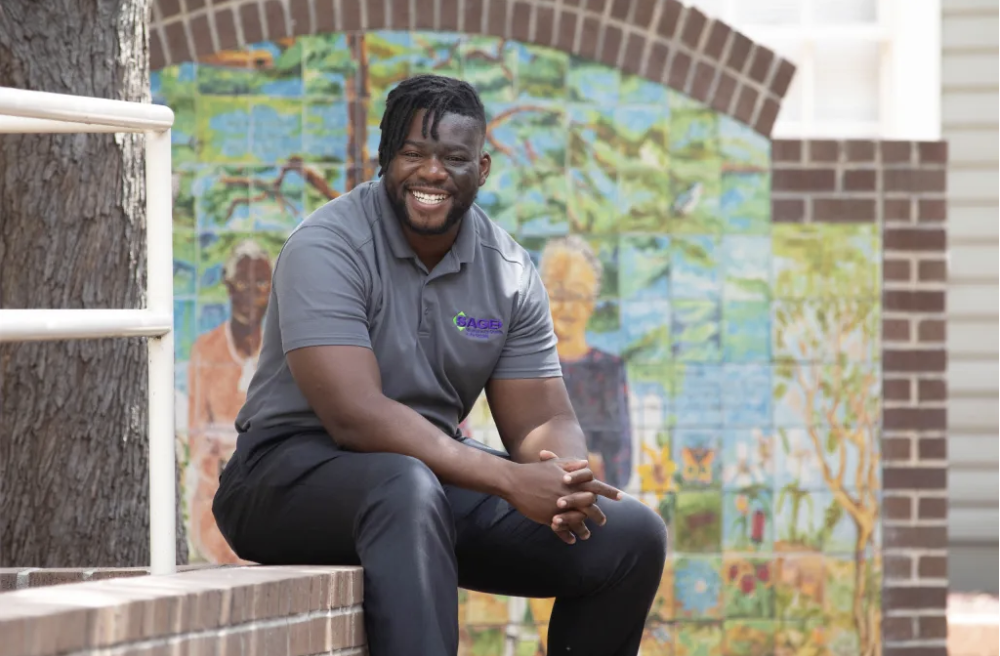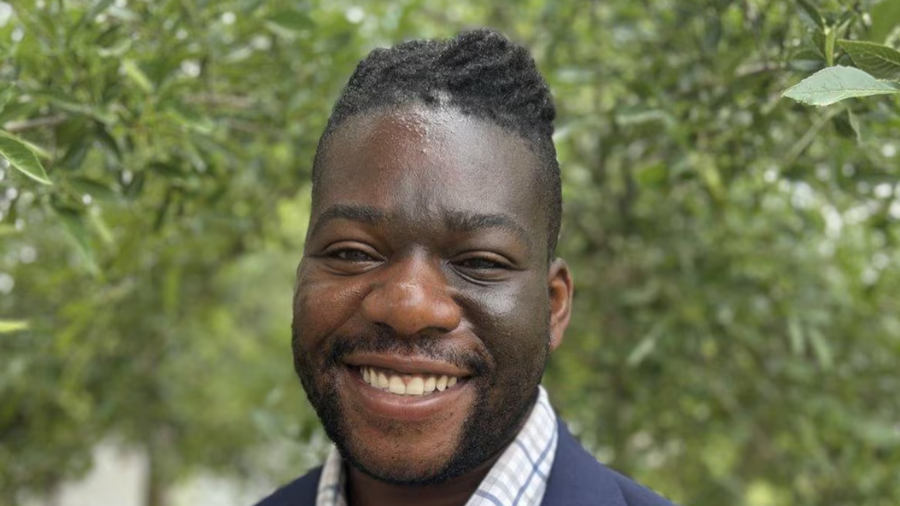Two San Antonio-based economic development nonprofits have joined forces to launch a new initiative to grow opportunities in the West and East sides — areas that have historically faced challenges linked to racial inequities.
With new CEOs at the helm, San Antonio for Growth on the Eastside (SAGE) and Prosper West — formerly the Westside Development Corporation — have launched a joint effort they are calling “Connecting East and West for a Better Future.”
The collaboration took shape through conversations last fall between James Nortey, CEO of SAGE, and Ryan Kuhl, CEO of Prosper West, Nortey said.
“We’ve had both of the staffs meeting regularly, about once a week, planning, preparing,” Nortey said. “What we discovered is that although the histories are very, very different and the cultures are different, some of the challenges are the same and the demographics are very similar.”
While the two groups have worked together before as parts of broader organizations, such as the San Antonio Economic Development Corporation and various local chambers, this marks their first direct and sustained partnership, Nortey said.
The timing of the collaboration is also driven by financial realities. Both organizations lost their regular city funding last year, prompting them to seek alternative revenue streams through grants, donations, and private partnerships, Kuhl told the San Antonio Report.
“One of the reasons for partnering was just we’re stronger together,” Kuhl said. “If we can get the East and West sides to see the similarities — get them working, get them talking to one another — then there may be more opportunity for us to make better decisions on policies that are going to help with development.”

Their discussions come at a time when San Antonio is looking to revitalize its downtown through Project Marvel, a $4 billion proposal for a new Spurs arena and entertainment district that could possibly include a land bridge over I-37 to connect the East Side to downtown.
Kuhl said the two organizations have also been working together to rebuild trust among near East and West Side residents who have long been wary of developers.
“I think the community gets tired of showing up to a bunch of sessions where they’re told, ‘We want your input,’ and they say, ‘Okay, we want to see parks, grocery stores, we want to see development sponsor our community,’ and then it doesn’t happen, and they get all sorts of development that doesn’t reflect [their input],” Nortey added.
“We’ve had to do a lot of mending fences, building bridges back — and not small bridges,” Kuhl said.
Looking ahead, both leaders say they plan to host joint community forums, develop shared economic development strategies and advocate for policies that benefit both sides of the urban core.
The collaboration also aims to attract more private investment to historically underserved neighborhoods while fostering dialogue between business leaders, residents and policymakers.
“The perception is that institutions only listen to either neighborhoods north or downtown, and so that feeds into this loop,” Nortey said. “So then the east and west sides don’t show up, and then the city or whoever says, ‘Well, we got low engagement, so we didn’t get any feedback,’ and then it just repeats the cycle. Our hope is that by partnering together, we can have greater numbers, greater effect, greater efficiency, and help the community come to the table.”
Source: https://sanantonioreport.org/sage-prosper-west-join-forces-to-grow-san-antonios-urban-core/






